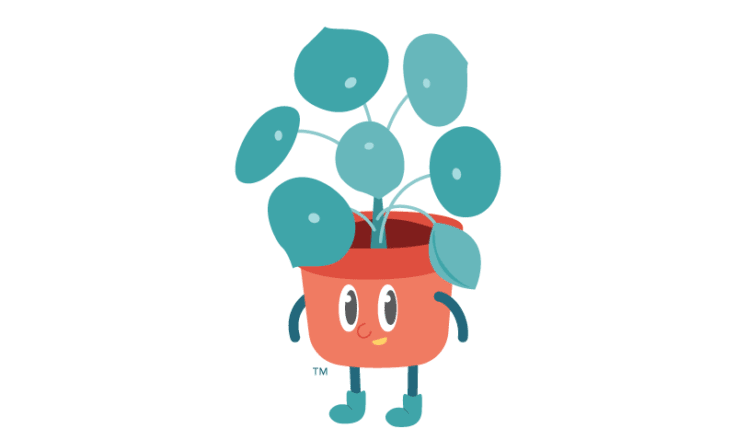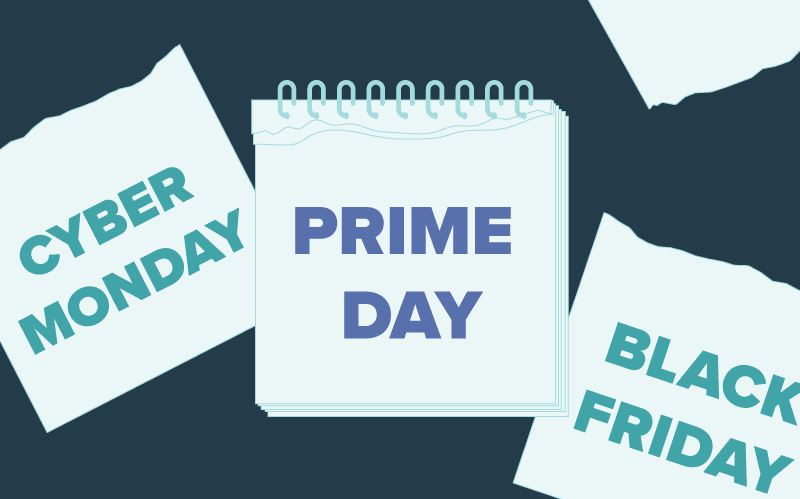Peanut Butter Crackers and the State of Advertising in 2022


I have a good friend with two adorable children, both of whom are obsessed with peanut butter crackers.
You know the ones I mean. Square, salty, prepackaged in that thin plastic. I bet a lot of us remember these from childhood.
I’m going somewhere with this, I promise.
The problem for these aforementioned adorable kids is that these snacks have been missing from their favorite retailer for months.
The bigger problem, economically, is that this situation is not unique.
The pandemic and other unforeseen global events, coupled with the ripple effects thereafter, continue to cause a host of problems we don’t know quite what to make of (including, but not limited to, peanut butter cracker shortages).
Evidence of economic uncertainty is everywhere you look.
If you’ve tried to buy a new car lately, you’ve probably seen that getting the exact model you want has become challenging at best or impossible at worst.

When that new car does arrive, it’s hard not to cringe each time you’re at the pump, with prices $2.00/gallon higher than just 18 months ago.
Energy doesn’t exist in a vacuum, either. The same factors driving up gas prices are also fueling runaway costs of nearly every household good and service.
Nor is this limited to the basic essentials we think about each day. According to Consumer Reports, microchip shortages and myriad manufacturing delays are likely to persist into 2023.
Even the largest global tech companies aren’t immune to the current environment.
According to Bloomberg, seemingly untouchable Internet giants like Amazon, Alphabet (Google) and Apple are already planning on cutbacks to staff.
Meta (Facebook) actually posted losses in the previous quarter, forcing it to recalibrate expectations in Q3 with its near-term projections awash in uncertainty.
This marks a huge change for titans who are typically unstoppable revenue machines, proving that volatility is the dominant economic theme of 2022.
It’s no wonder that this tumult has roiled the digital advertising market.
There’s little point, after all, in promoting a car that likely won’t be available until 2023 — or that fewer people might be able to buy when it does hit the showroom.
Budgets are stretched thinner these days due to the rising costs of goods and services. At the very least, brands are more cautious and rethinking their approach.
Campaigns that are tightly targeted and timed rule the day as advertisers enter a phase of uncertainty along with the broader economy.
Predicting what the landscape will look like in the coming months is very difficult.
Advertisers have very specific key performance indicators (KPI) to hit, and will look for very specific ways to deploy their budgets and campaigns accordingly.
There certainly are still opportunities to capitalize. Advertisers seem to be focusing more than ever on events in which consumers are likely to spend, even in this climate.
We saw evidence of this during Amazon’s Prime Days, July 12-13. Major deals on millions of items, all in a limited window, led to a big increase in advertising spend.
Mediavine alone saw around a 15 percent increase in eCPMs, and more than a 10 percent increase in average RPM for publishers, during that span.

Whether this trend continues — brands being more conservative with their budgets and/or waiting for a very specific event — is hard to predict.
The simplest answer is to stay the course.
If you’re partnered with Mediavine, you’re already on the right track. No matter the circumstances, our sales team is constantly knocking on the doors of top advertisers, touting the portfolio of more than 9,000 quality websites that Mediavine brings to the table.
Rather than retrenching or scaling back in the current environment, Mediavine is expanding efforts on behalf of our publishers on every front, bringing on new sales, engineering, marketing, product and support team members every month.
You probably have, but I’ll pitch it for the 93rd time:
With Grow, Mediavine has created a terrific suite of tools that not only helps build a closer relationship with your audience, but improves monetization of your traffic right here and now.

Yes, it’s great news that Google pushed back the date for the deprecation of cookies until 2024, but publishers who have adopted Grow are seeing increases in RPMs on devices and browsers where cookies are already a thing of the past.
Beyond that, continuing to create and promote great content — and pushing that content to a hungry audience — is an approach that never fails.
We know that budgets usually increase around the same times each year. I expect that to continue, even with the lack of clarity caused by all the factors I just listed.
It’s hard to imagine that industry wide, things won’t pick up in Q4, even as the above caveats make it challenging to pinpoint exactly when, and by how much.
Perhaps the cyclical trends will even be further amplified with what we expect will be more tightly, tactically used budgets through the rest of 2022. We will have to wait and see.
As publishers, all we can control is what we can control.
Fortunately, we have a lot of things going for us that we’re confident will help us weather any storm and flourish in the years ahead.
An Internet publisher since 2004, Mediavine has adapted and grown through countless changes in our industry. Look no further than two years ago, at the onset of the global pandemic.
We’ve stayed the course through two-plus years so unprecedented that we’re pretty sure there are no precedents left, focusing on building the best business for our content creators and positioning our company and its publishers for where the web is going.
This is our mentality and time and again, we’ve become stronger for it.
For now, we’ll see what next week and next month have in store (hopefully, the timely return of peanut butter crackers) as we monitor this very unpredictable market.
Stay up to date with the latest from Mediavine
Welcome to the much-anticipated release of the fifth-annual edition of “The Best eCPM Days of the Year” calendar. Each year, we analyze historical trends to provide publishers with a graphical …
In today’s digital landscape, advertisers are becoming increasingly selective about where they place their ads. With the growing importance of brand safety, audience engagement and ROI, the quality of a …
 Eric Hochberger
Eric Hochberger
Since the advent of Trellis, Mediavine’s goal was to provide a WordPress framework to meet the needs and pain points of independent publishers. We’ve had the pleasure of working with …